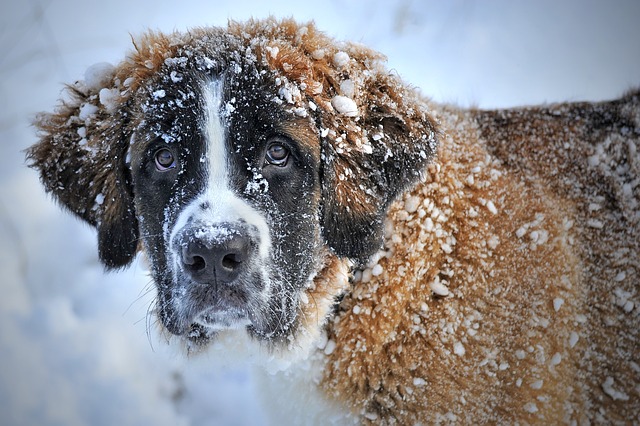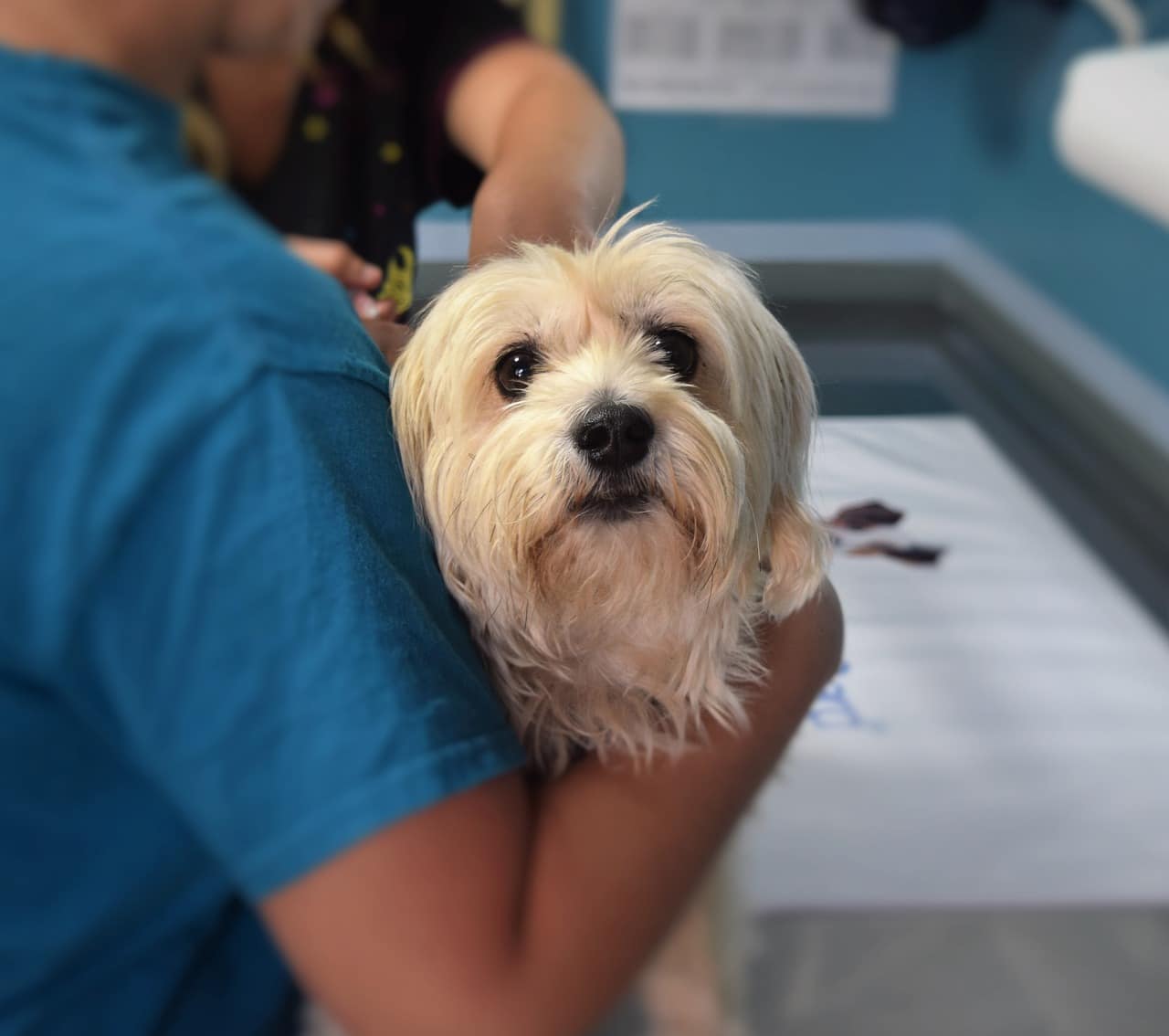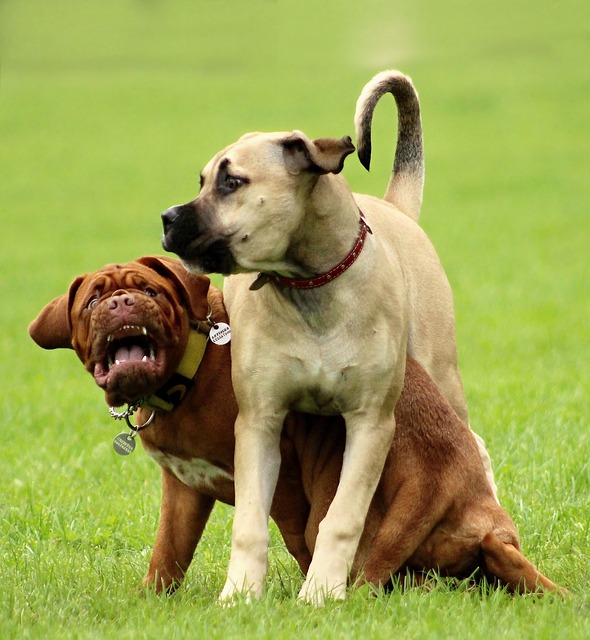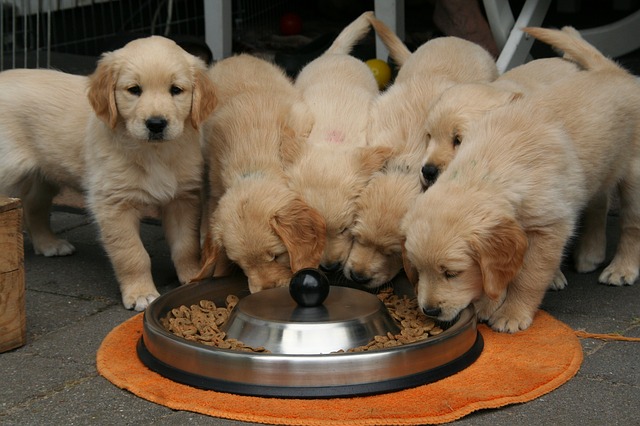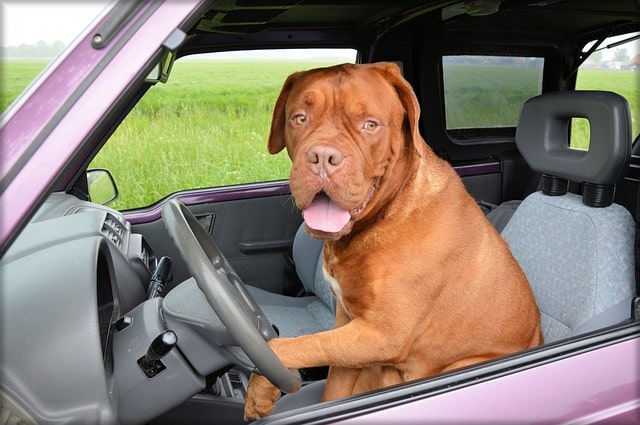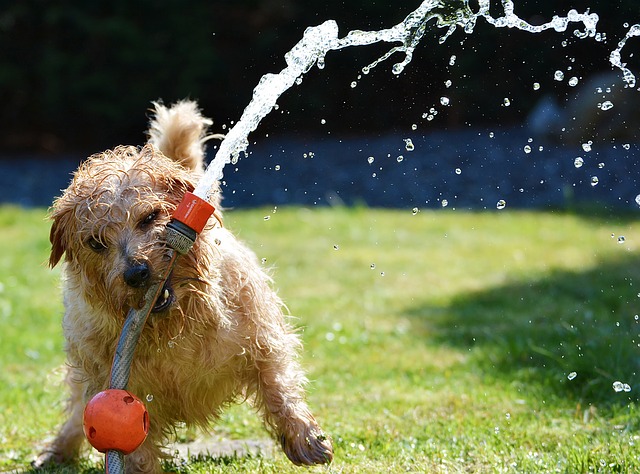
Category: Dogs How To


How to Know if Your Dog Needs Supplements
Supplements for Your Dog You may be wondering if your dog needs vitamins, minerals or other supplements. There are many dog versions of health supplements currently on the market. It…[...]
